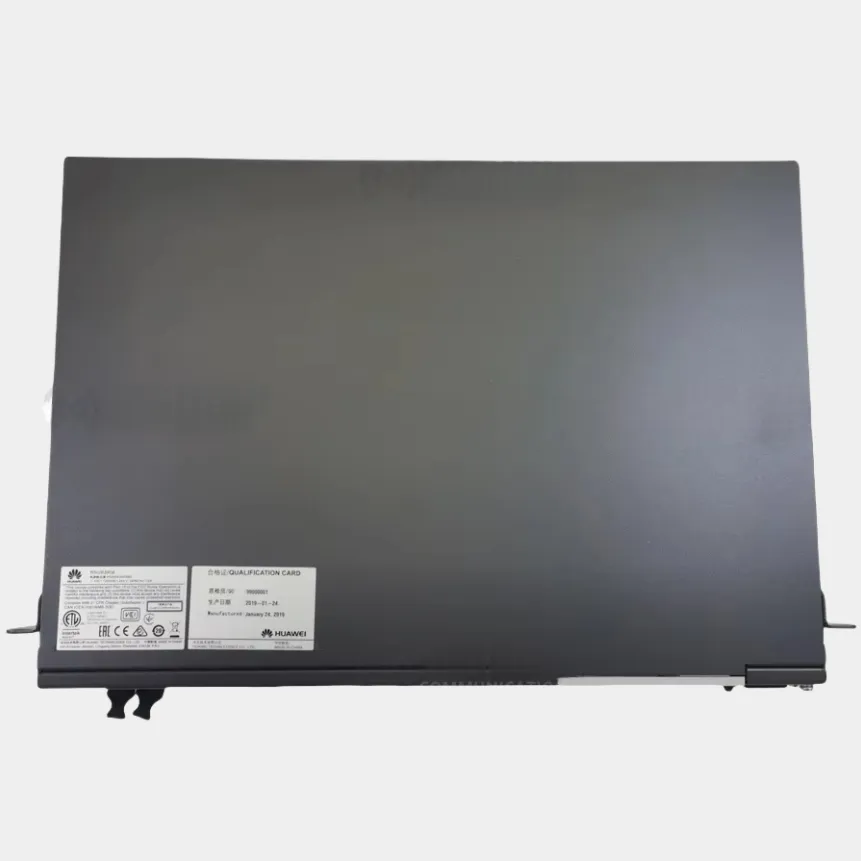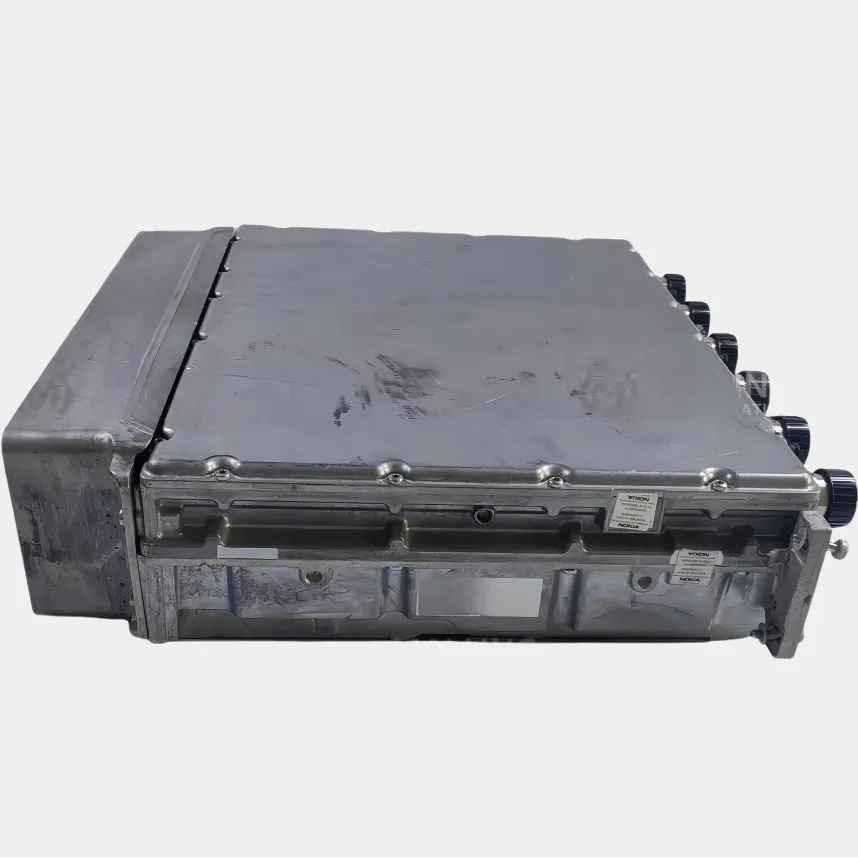Общ преглед на Базова Трансмитерна Станция (BTS)
BTS е безжичен комуникационен устройствен състоещ от радиочестотни, базовоподаткови и контролни единици. То преобразува сигнали от централната мрежа в безжични сигнали за предаване до мобилните станции и получава безжични сигнали от мобилните станции, за да ги преобразува в цифрови сигнали за централната мрежа. Широко приложим в мобилните комуникационни мрежи, BTS служи като основно оборудване за достъп на мобилните потребители до гласови разговори, интернет и други услуги.
ПОЛУЧИ ОФЕРТА


